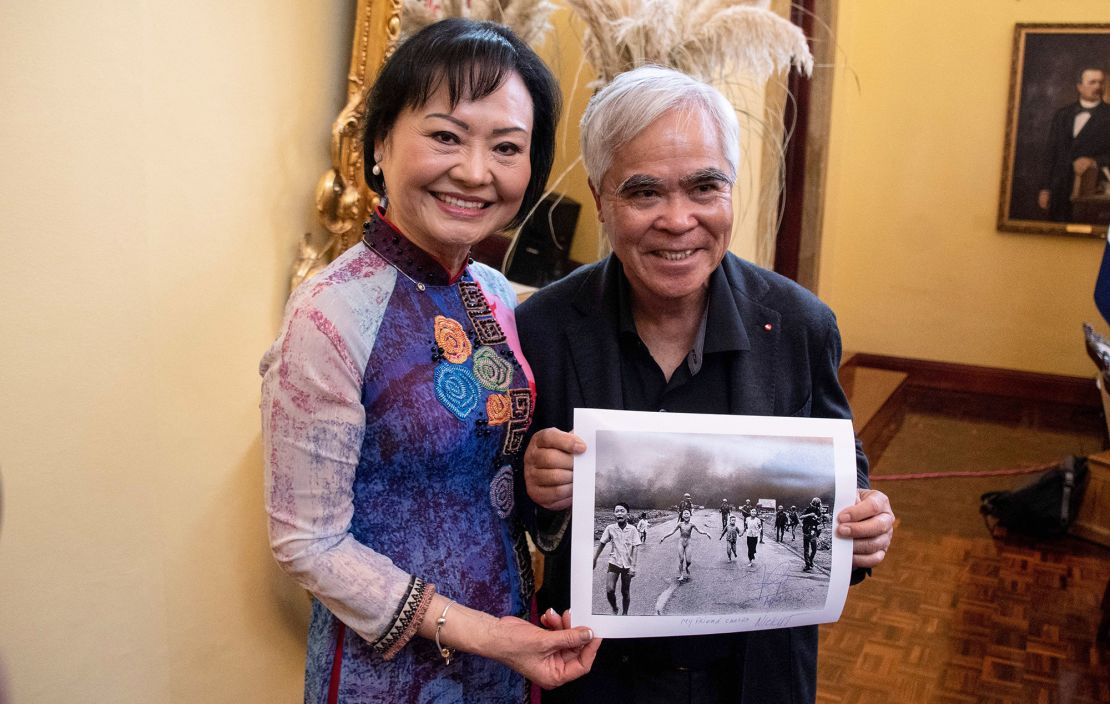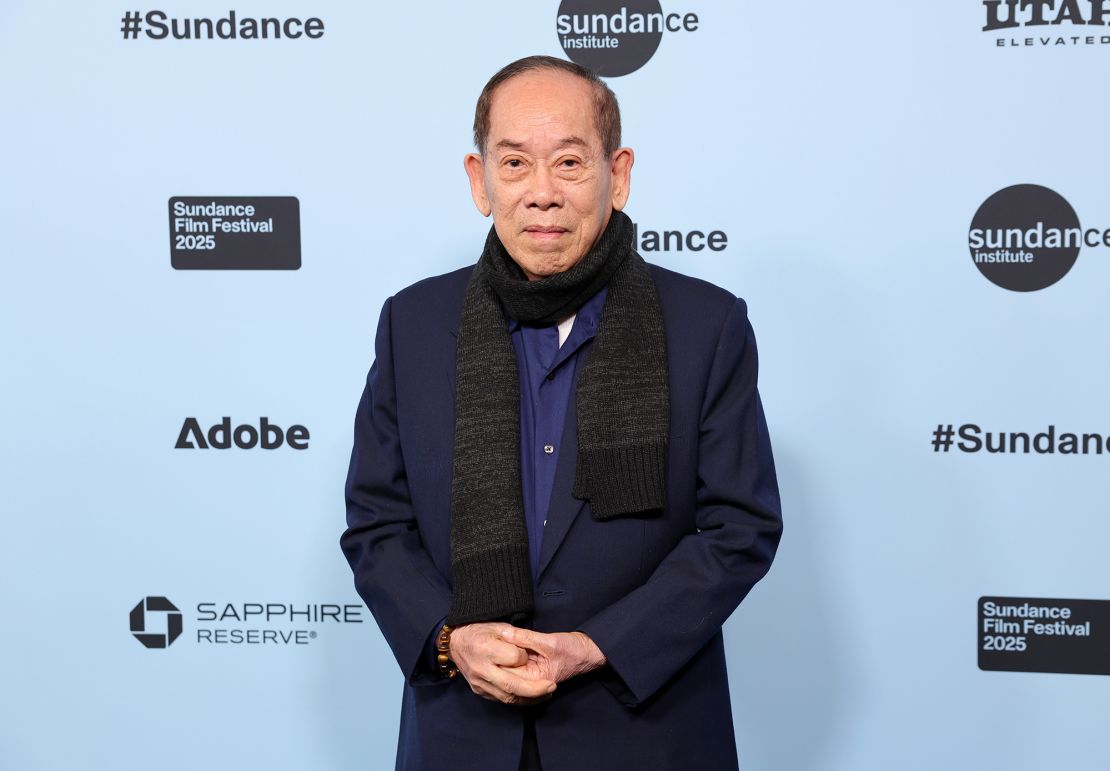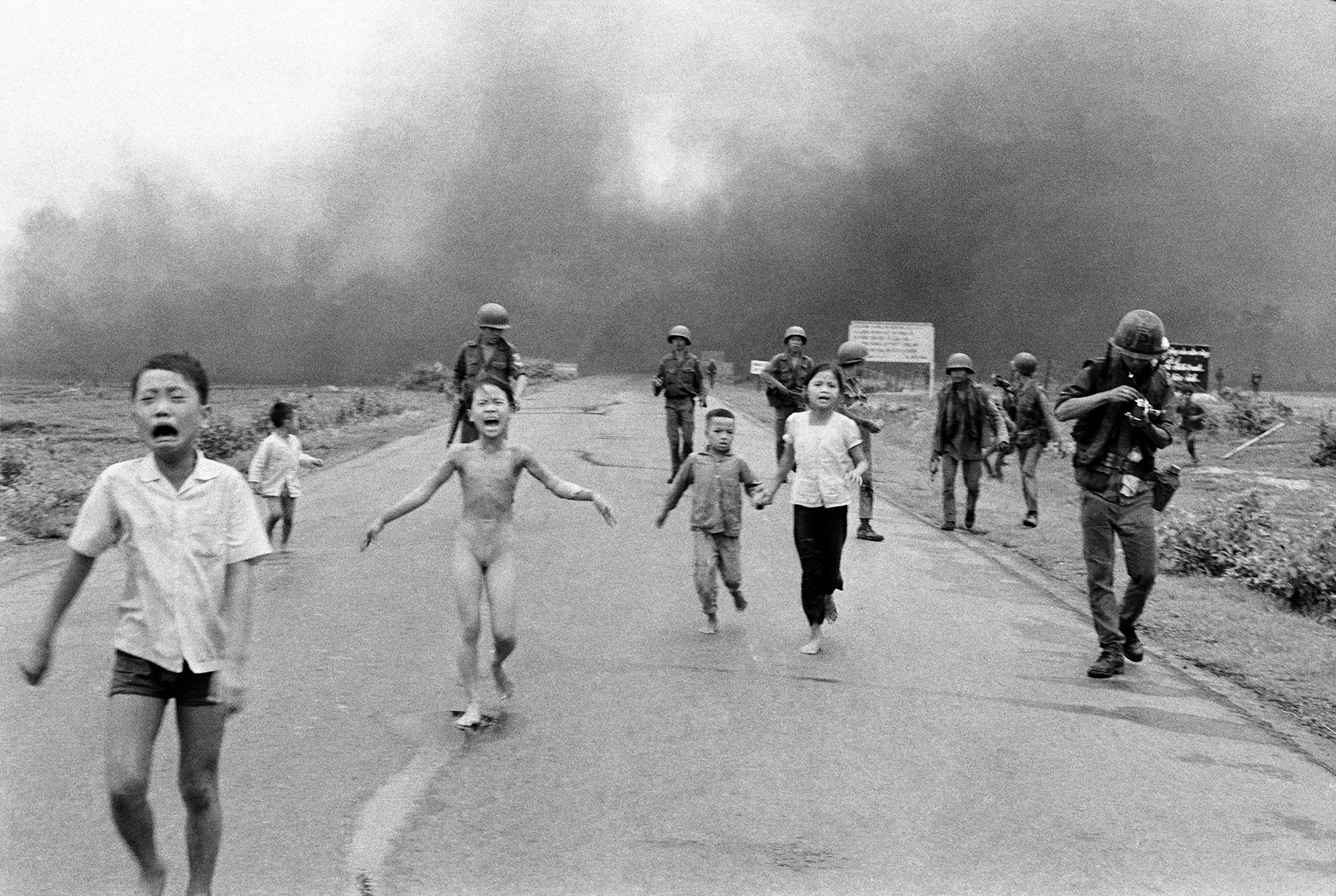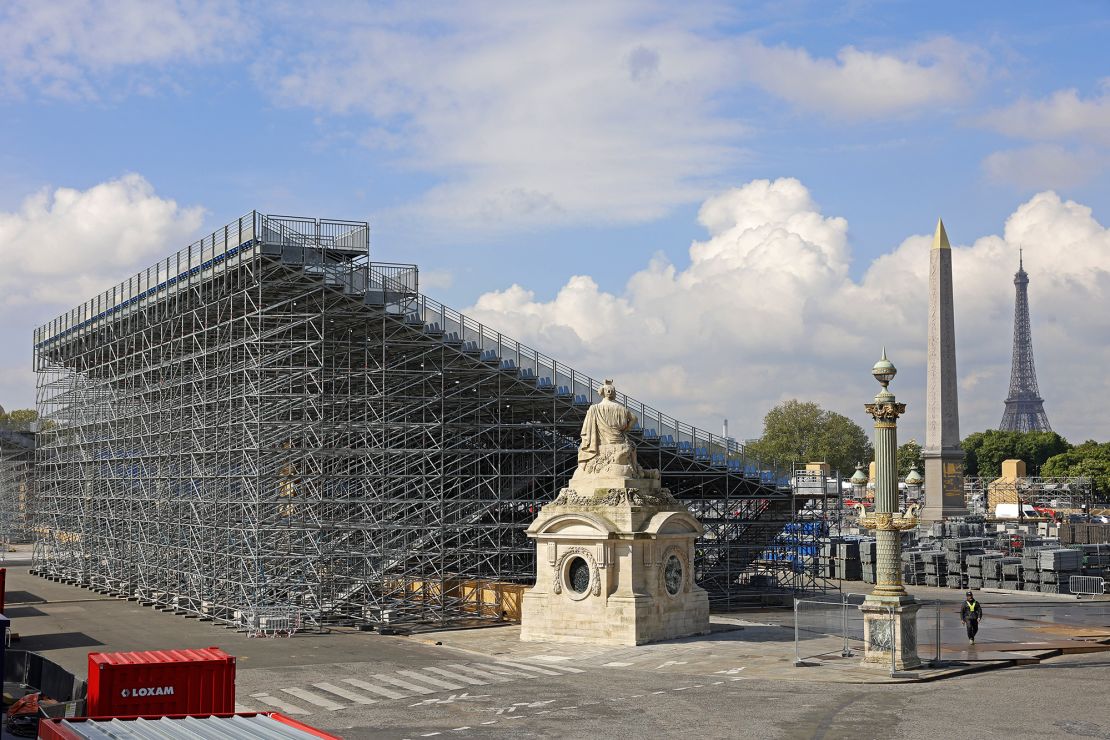## The Napalm Girl: A Legacy of Controversy
Remember the image that seared itself into your mind? The young Vietnamese girl, her back ablaze, running down a road in terror. Captured in the raw intensity of war, “Napalm Girl” became a symbol of the brutality of the Vietnam conflict, a haunting reminder of the human cost of conflict. But what if the very image that brought the horrors of war home to millions was now shrouded in doubt?

World Press Photo, the prestigious organization behind the award-winning image, has made a shocking decision: they are suspending the attribution of the iconic photograph. This move has sparked a firestorm of debate, raising questions about the complexities of photojournalism, artistic integrity, and the lasting impact of a single image.

The Implications of Attribution Disputes
Historical Accuracy and Photographic Integrity: The Stakes of Attribution

In the realm of photojournalism, where images wield immense power to shape narratives and influence public perception, the question of attribution lies at the heart of ethical considerations and historical accuracy. Photographs, frozen moments in time, serve as powerful testaments to events, offering glimpses into the past and informing our understanding of history. Attributing a photograph correctly not only acknowledges the photographer’s skill and effort but also ensures that the image is presented within its proper context, preserving its integrity and preventing misrepresentation.
The “Napalm Girl” controversy, where the authorship of the iconic Vietnam War photograph, “The Terror of War,” has been challenged, underscores the profound implications of attribution disputes. When the origin of an image is uncertain, historical narratives can be distorted, and the weight of the photograph’s message can be undermined. The very essence of photojournalism, the commitment to truthful and accurate documentation, is at stake.
The Power of Images: “Napalm Girl” Continues to Resonate and Elicit Debate

“Napalm Girl,” depicting a young Vietnamese girl fleeing a napalm attack, has become one of the most enduring and powerful images of the 20th century. Its visceral impact captured the horrors of war and sparked global outrage. The image transcended its immediate context, becoming a symbol of the human cost of conflict and a rallying cry against war.
The controversy surrounding its authorship, while complex, serves as a reminder of the enduring power of images. “Napalm Girl” continues to provoke debate and discussion, prompting us to consider the ethical complexities of photojournalism, the responsibility of photographers, and the lasting impact of visual storytelling. Even as the debate rages on, the image itself serves as a powerful testament to the enduring legacy of the Vietnam War and the human toll of conflict.
The Future of “Napalm Girl”: Can a Definitive Resolution Be Reached?

The journey to definitively resolve the authorship of “Napalm Girl” is likely to be challenging. The passage of time, the loss of key evidence, and the conflicting accounts make it difficult to reach a conclusive answer. The reliance on eyewitness testimony, which can be subjective and prone to memory distortion, further complicates the process.
Despite the obstacles, the pursuit of truth and historical accuracy is essential. Gamestanza will continue to follow this evolving story, analyzing new evidence and expert perspectives as they emerge. The quest to determine the rightful authorship of “Napalm Girl” is not merely a matter of assigning credit; it is a reflection of our commitment to preserving the integrity of history and ensuring that the stories behind iconic images are told accurately and ethically.
Beyond Attribution: The Broader Context
The Vietnam War and its Visual Legacy: Exploring the Role of Photography in Shaping Public Perception

The Vietnam War stands as a watershed moment in the history of photojournalism. The conflict unfolded in an era of escalating media coverage, with photographs playing a pivotal role in shaping public opinion. Images of the war’s brutality, the human cost of conflict, and the resilience of the Vietnamese people reached homes around the world, galvanizing anti-war sentiment and influencing public discourse.
The Vietnam War legacy continues to teach us about the profound impact of visual storytelling. Photographs, often stark and unflinching, can capture the essence of an event in a way that words alone cannot. They have the power to evoke empathy, challenge perspectives, and inspire action. Understanding the role of photography in shaping public perception during the Vietnam War provides valuable insights into the enduring power of visual media in shaping our understanding of the world.
Ethical Considerations in Photojournalism: Truth, Manipulation, and the Responsibility of the Photographer

The “Napalm Girl” controversy throws light on the ethical complexities inherent in photojournalism. While photographers strive to capture truth and document events objectively, the very act of framing a scene, selecting a moment in time, and manipulating an image, even subtly, raises questions about the ethical boundaries of photojournalism.
The responsibility of a photographer extends beyond capturing a compelling image; it encompasses a commitment to accuracy, ethical sourcing, and contextualization. The power of photography to influence public perception demands a high degree of responsibility and a steadfast adherence to ethical principles. The ongoing debate surrounding “Napalm Girl” serves as a reminder of the importance of transparency, accountability, and continuous dialogue within the photojournalism community.
The Power of Testimony: The Importance of Hearing All Sides of the Story
In any historical event, multiple perspectives and accounts are essential for a comprehensive understanding. The “Napalm Girl” controversy highlights the importance of considering all sides of the story, including those of the individuals involved, witnesses, and experts. Examining conflicting accounts, corroborating evidence, and seeking clarification from multiple sources are crucial steps in striving for a more complete and nuanced understanding of the event.
As Gamestanza continues to investigate this evolving story, we will prioritize the inclusion of diverse voices and perspectives. By amplifying the voices of those who lived through the events depicted in “Napalm Girl,” we aim to create a richer and more multifaceted narrative that honors the complexities of history and the impact of photography on our collective memory.
Conclusion
So, where does this leave us? The ‘Napalm Girl’ photograph stands as a stark reminder of the horrors of war, its impact indelibly etched in our collective memory. However, the World Press Photo’s decision to suspend attribution raises a complex web of ethical and legal questions. While honoring the photographer’s intent to maintain anonymity might seem noble, it also obscures the truth behind the image, creating a narrative vacuum ripe for manipulation. This raises concerns about the future of photojournalism, where the very foundation of trust – attribution – is being questioned.
